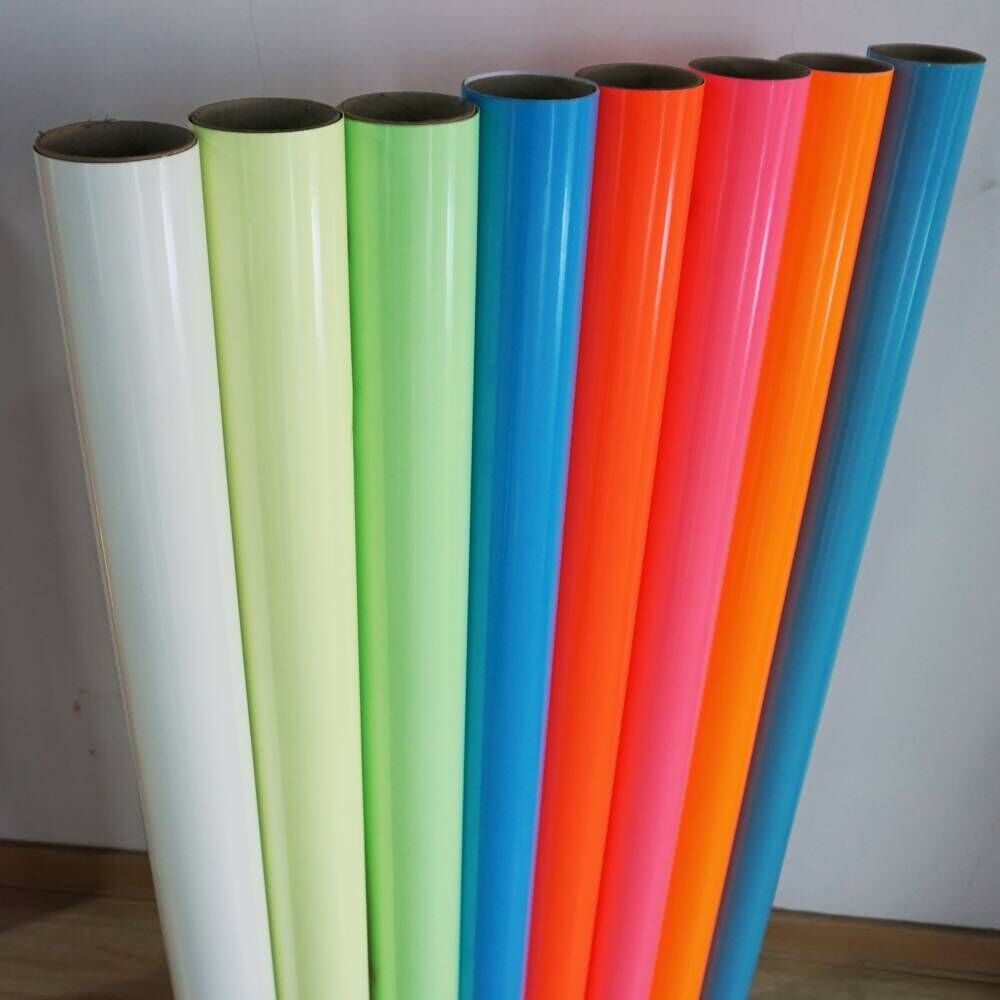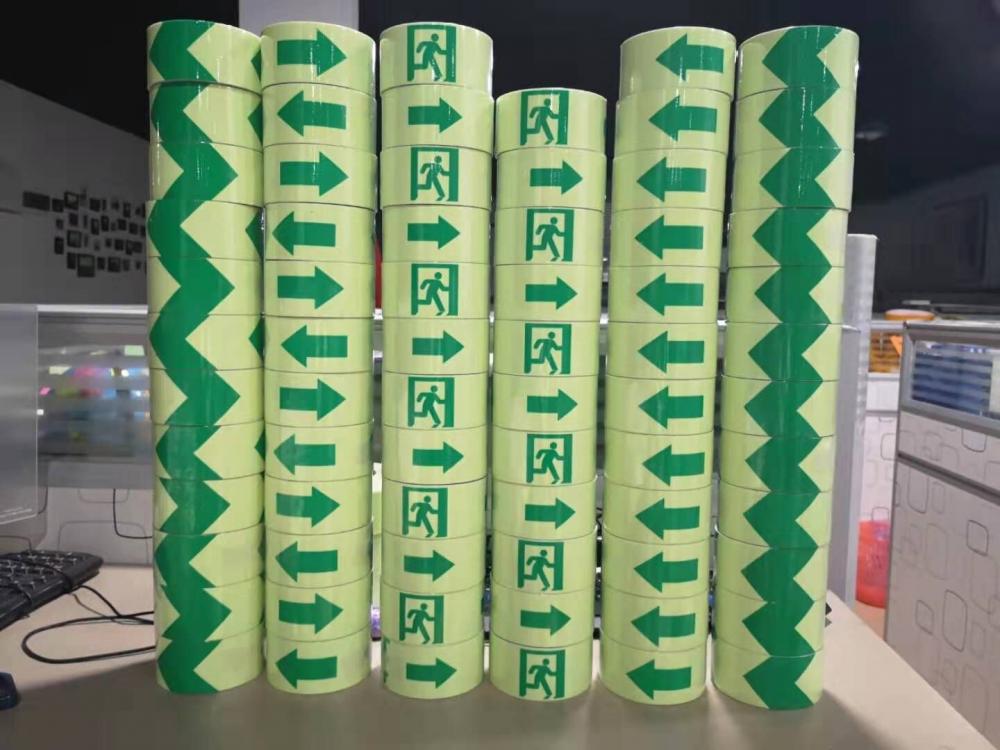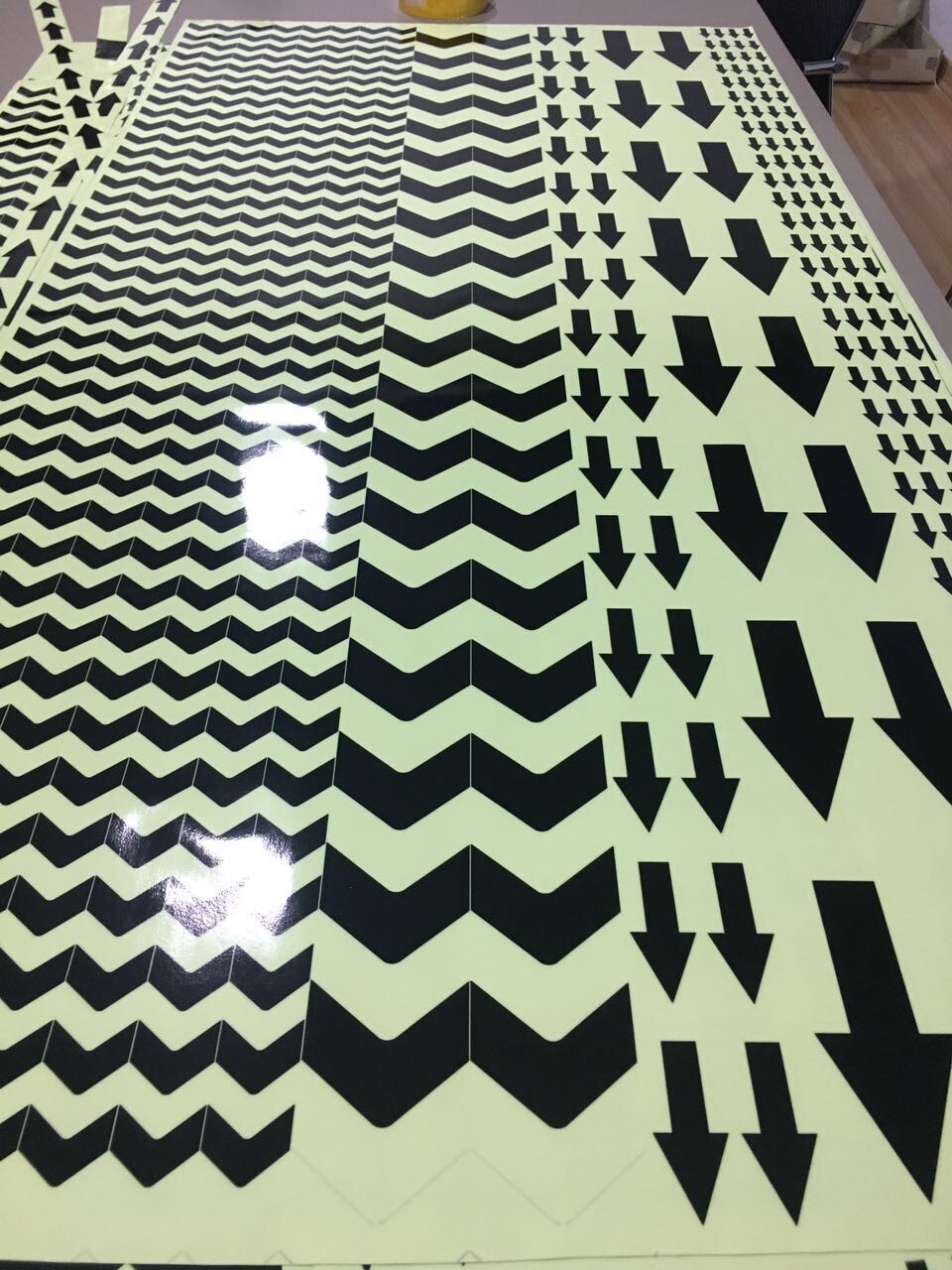Asparagus can be cultivated in open field and cultivated in protected areas. At present, large-scale production of asparagus is mainly planted in the open field, and it can be cultivated in four seasons using the greenhouse protection area, and the annual supply can be realized. Planting asparagus must grasp its growth and development characteristics and laws and adaptability to environmental conditions, and adopt scientific management methods to obtain high quality and high yields. Scientific management must seize two key points: The first is to choose good breeds. Because asparagus is an economic crop that is planted continuously for 8 to 10 years, if the variety is not suitable, it will affect the output and efficiency for many years. The second is to require meticulous management, fine management can extend the growth period, improve production, quality and efficiency.
I. Variety selection
You can choose champions, Jessine et al.
Second, the time of planting
The asparagus planting time mainly depends on the growth status of the planting seedlings. After planting, the plant height is about 30 cm after 60-80 days. When the asparagus seedlings grow more than 3 branches on the ground stem, they can be transplanted and colonized when 7 or more underground roots are stored. According to the size of the seedlings, colonization was performed Spring is generally planted in the middle of April.
Third, the choice of planting sites
Asparagus is not very strict with regard to pH, and all soils with a pH of 5.5-8 can be planted. In order to obtain high-yield and stable production, it is best to choose loam or sandy loam soil with irrigated conditions and organic-rich material. Asparagus is afraid of stagnant water, and land plots with high groundwater levels and easy accumulation in summer should not be used.
IV. Preparation before planting
1. Dig and plant the ditch. On deep-smoothed ground, a ditch with a spacing of 1.5 meters was established in a north-south direction with a width of 40 cm and a depth of 40-50 cm.
2. Fertilization fill the ditch. Diluted 40-50 kg of diammonium and 2000-3000 kg of soil mixed fertilizer into the ditch, so that the surface of the ditch was slightly lower than the original ground level, the ditch was flat and the ditch drenched.
Five, from the seedling colonization
When seedlings are sown in the open field, the seedlings are first cut along the middle of the shoots, cut into squares with iron shovels, and then the seedlings are lifted out of the soil. The nutrient pods are washed out and the pods are planted in planting trenches at a spacing of 25 cm. Seedling bulbs are planted at a depth of 15 cm from the ground. Then watering, water infiltration after soil protection.
Sixth, the management of the year after planting
After planting, watering should be carried out in proper time. Before the rainy season arrives, the ridge is 10-15 cm high. It is necessary to promptly spray imidacloprid and acetamiprid to prevent and treat locust infestation. In order to accelerate the growth of bamboo shoots, the application of compound fertilizer after planting the seedlings is 1-2 times, and Mushi 20-25 kg. In August, Mu applied organic fertilizer 3-5 cubic meters and compound fertilizer 20-25 kg. In order to prevent lodging and facilitate management, stents and plants should be adjusted in time. In the cultivation field of the shoot field, the wooden stakes are hit every 10 meters or so. The height of the wooden pile is 1.5 meters. The plants are fixed by pulling the ropes on both sides. During the growth of the plant, the thin, weak, senescent, dead stems are cut in time. After the winter's shoots have dried up, plant residues can be cleared in time and taken away from the shoots and destroyed. After the beginning of winter, pour a piece of frozen water to protect the incubator and protect the young bamboo shoots from winter.
Seventh, the management of the second year after and after the colonization
From the second year onwards, before harvesting in spring every year, the asparagus field should be cleared in time in the middle and late March, and the debris from the aboveground branches should be removed, and the high ridges formed in the autumn soil be gradually laid down to prepare for the spring harvest. . And spraying chlorothalonil and other pesticides on the surface to reduce the bacteria source. Other management was the same as last year.
Eight, harvest
Asparagus harvest duration and harvest yield are related to growth age and development status. Harvesting is generally started one year after planting and can be harvested for 30-50 days depending on the growing situation in the previous year. The yield per mu can reach 150-250 kg. The 4-8-year-old adult bamboo shoots can be harvested for 60-90 days per year and can produce 800-1500 kg per mu. When the harvesting yield of asparagus decreases significantly, harvesting should be stopped, the stems must be left open, and the bamboo shoots should enter the plant growth stage to produce and store nutrients.
There are two main methods for harvesting asparagus: bamboo shoot picking method and bamboo stem harvesting method. When the growth of the plant was weak in the previous year, bamboo shoots should be harvested from the mother's stem. Before harvesting, 1-2 robust stems should be kept in each plant before the harvest. The stems should be grown to promote photosynthesis, supplement nutrition, and then harvested and tendered. stem. The normally growing shoots can be harvested from the shoot, that is, the spring stems are harvested in spring. Shooting bamboo shoots should be reasonable, generally can be cut off from the ground, leaving the broom is too high, late rot easily make new and tender shoots around the infection rust spot disease, leaving the bun easy to hurt the bulb and affect the return of nutrients. Be careful when harvesting bamboo shoots. Don't bump into other tender bamboo shoots that should not be taken around. Shoot the bamboo shoots into the box, cover the wet cloth, and put them in a cool place to prevent running water from aging, weathering, and discoloration. quality. And timely sent to the processing plant, when conditions are necessary to be put in cold storage in a timely manner, the length of the shoots according to the market or the requirements of the order specifications, generally 20-25 cm long, too long too long will affect the output of asparagus.
Glow In Dark Tape
1. Material and classification of glow in dark tape
We have PET material glow in dark tape and PVC material glow in dark tape. PET material is cheaper but not printable. PVC material support customized printing with low MOQ.
For both materials, we have different kinds according to the glowing time it can last after full charging (0.5hours charging at least). We have 2hours, 4hour, 6hours, 8hours and 10hours according to the glowing period it can last.
2. Colors for choosing
We have light green, pink, orange, red, blue, white for choosing.
3. Features
a. Good ahesion, we use solvent acrylic adhesive, the adhesive is strong and long lasting.
b. Waterproof. Both PET and PVC material are waterproof. Can used for both indoor and outdoor usage.
c. Long service life: 2~3 years even for outdoor usage.
d. Different sizes for choosing: 1.24m x 45.7m log roll, or other customized sizes such as 25mm/ 50mm x 5meters/ 10yards/ 10meters/ 18meters, etc.
e, Accept die cuting to small pieces such as dots, stars, arrows, etc,








Glow Grip Tape,Luminous Adhesive Tape,Waterproof Glow In The Dark Tape,Glow In The Dark Reflective Tape
Kunshan Jieyudeng Intelligent Technology Co., Ltd. , https://www.yuhuanptapes.com